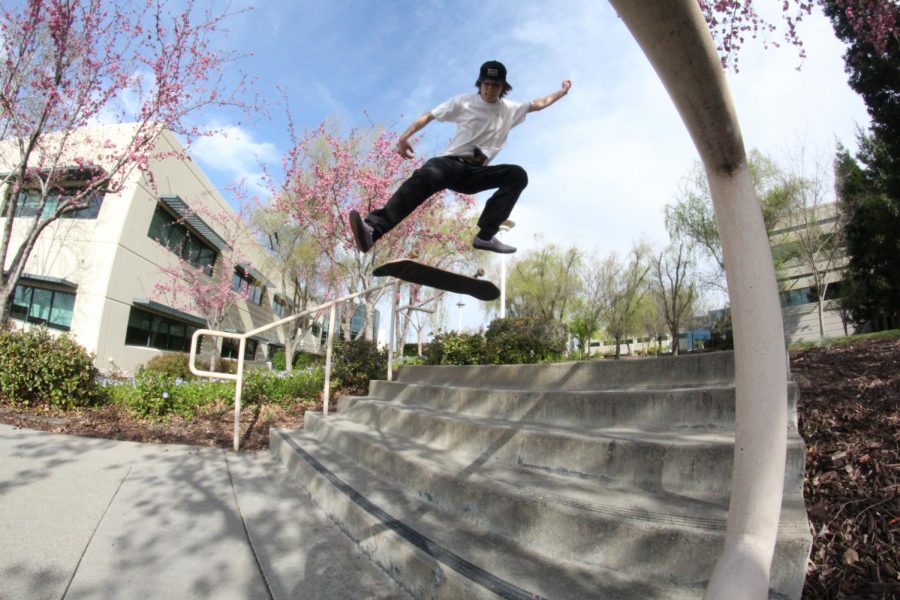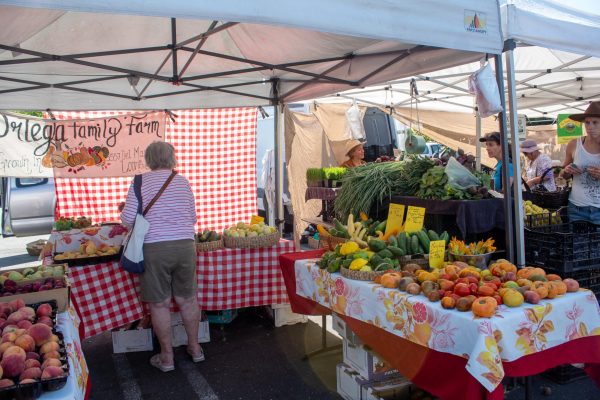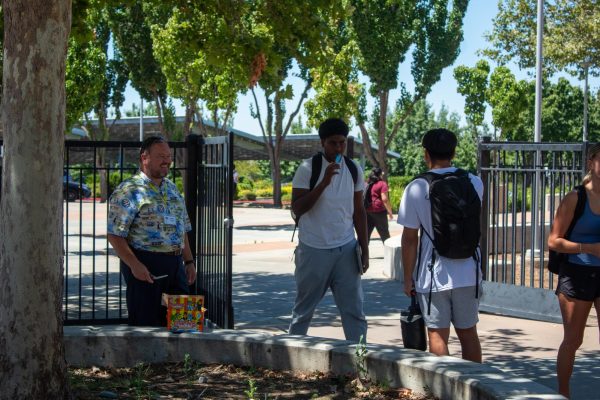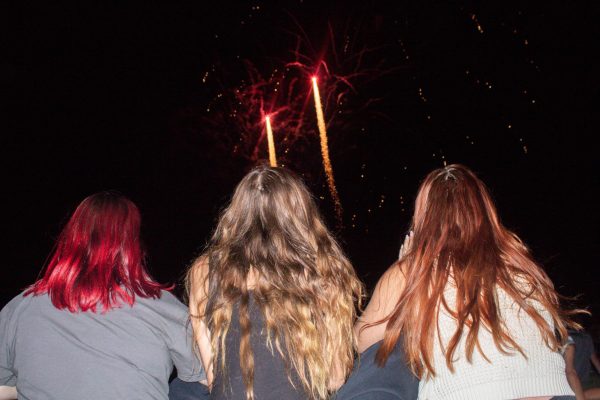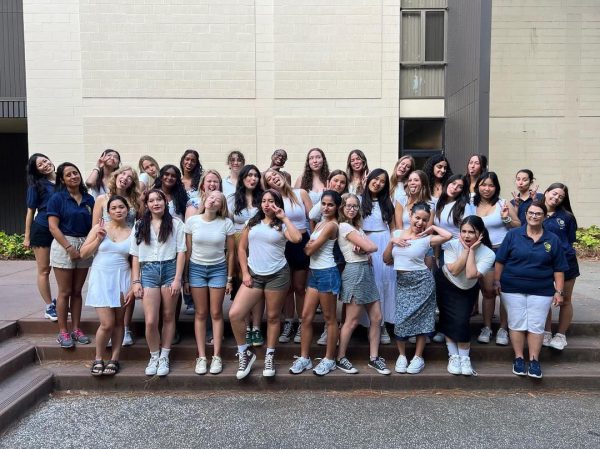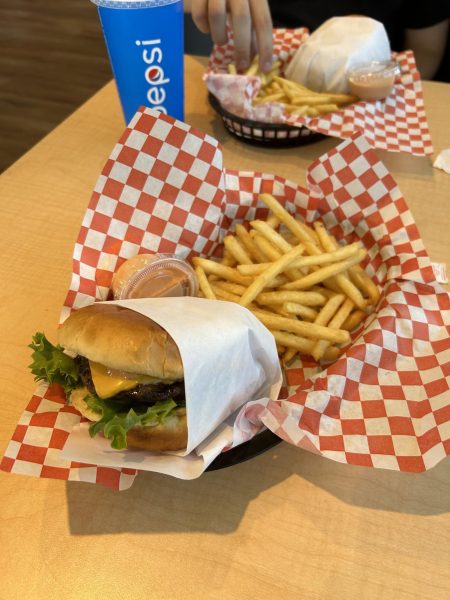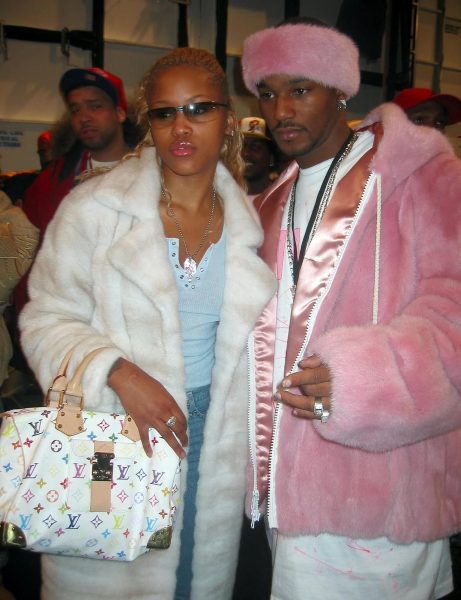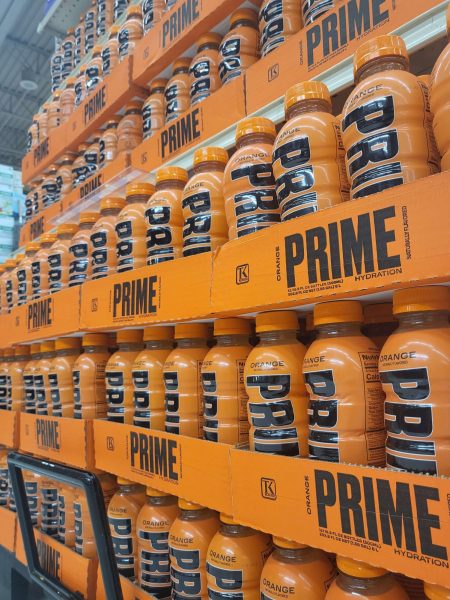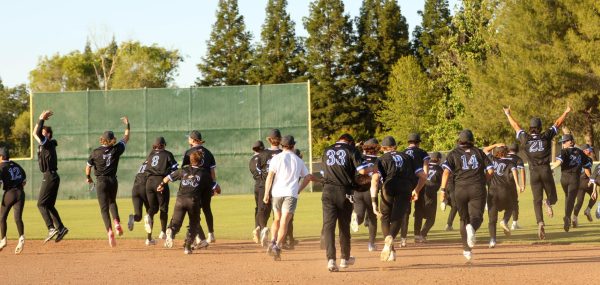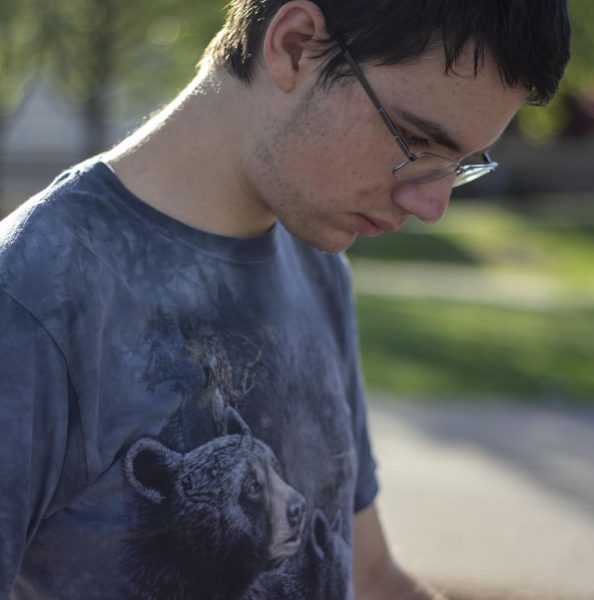Shredding on a Budget
Exploring the ways that skaters have made skating more affordable and attainable
More stories from Noah Howard
Photography by Noah Howard
Skateboarding is an activity that millions of men, women and children have all enjoyed and most of us are familiar with it. The Skatepark Project, formerly known as the Tony Hawk Foundation, is a movement that builds skateparks in underserved communities. But how do people skate if they do not live near a skatepark? Many skaters have taken it upon themselves to build their own skatepark features in their own yards and garages. David Hilton is one of those skaters and he spent a lot of time, money, and work to build his own features at home.
Although today skateboarding is everywhere, it was not a very popular pastime in the 80s and 90s. Skaters were considered unintelligent people who were dirty and loud, and many skaters were arrested or had their boards confiscated throughout this time period.
“It was a lot of work,” David said, “but for me it is worth the time and money spent because I don’t have my drivers license yet, but even when I get it, it will still be nice to have the features right at my house.” David has been skateboarding seriously for over two years, but has been riding a skateboard throughout his childhood.
Homemade obstacles are not the only way skaters have been able to create their own obstacles. Skateboarding has been divided into two main types of skaters, Vert skaters and Street skaters. Vert skaters are skateboarders who skate with half-pipes, bowls, ramps, and more. Vert skating was invented in 1976, because of a drought in California. All over the state, swimming pools were empty because of the drought, and skaters realized that they could take advantage of these empty swimming pools, and so Vert skating was born. The most famous Vert skater is a name that most people think of when they think of skateboarding: the legendary Tony Hawk. Hawk, otherwise known as Birdman, is one of the main reasons skateboarding is as popular as it is today. The other style of skateboarding is called Street skating, and is the most common because it does not require any sort of ramp or bowl. Street skateboarding utilizes any obstacle that can be skated including rails, ledges, benches, gaps, stair sets, and many more. Everywhere we look, there are objects that skaters can use to fuel their passion. In fact, some of the things you have can be turned into your own skatepark. For David’s home skatepark, he said “I paid $20 for the rail, $50 for the kicker, the manny pad was free because I had plywood left over, and I have a ledge built into my house.” Although today skateboarding is everywhere, it was not a very popular pastime in the 80s and 90s. Skaters were considered unintelligent people who were dirty and loud, and many skaters were arrested or had their boards confiscated throughout this time period.
Thirty years ago, skateboarding was very rarely able to be a career for skaters. Competitions were very scarce, and prize money was not enough to support them. This all changed in 2010 when Rob Dyrdek founded Street League Skateboarding, a competitive series for professional skateboarders who could compete to win large sums of money. To this day, Nyjah Huston has by far the most titles with 19, and won the title of SLS World Champion three times in 2010, 2012, and 2014. Nyjah has a net worth of over $6 million dollars from his SLS prize money as well as sponsorships from Nike SB, Diamond Supply Co., Monster Energy, Mountain Dew, Doritos, and many more. Skateboarding has evolved in many ways over the years, but all it takes to start is a piece of wood with some wheels on it.



